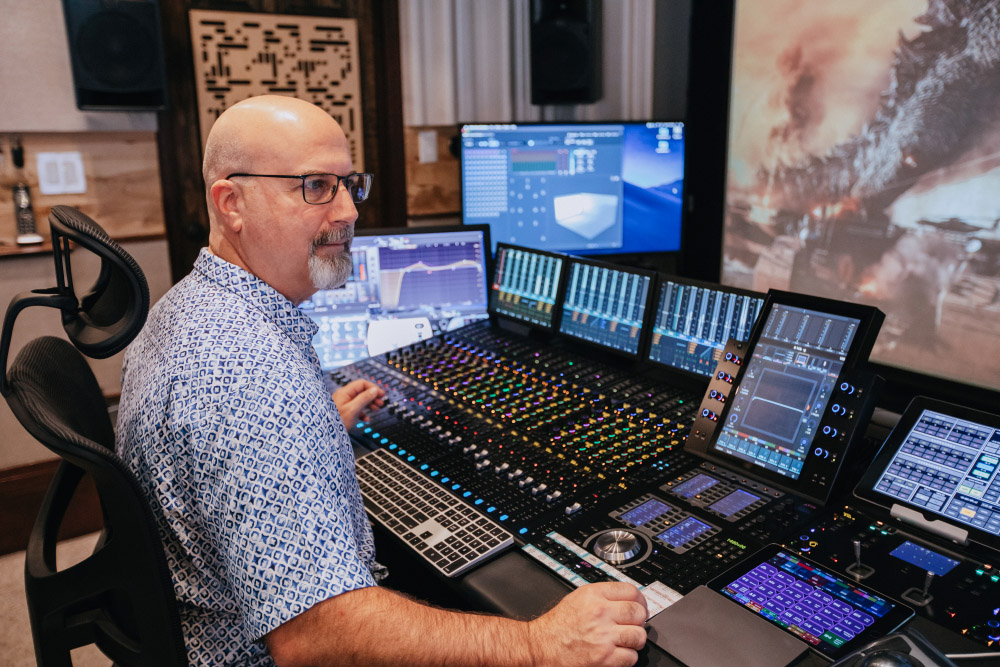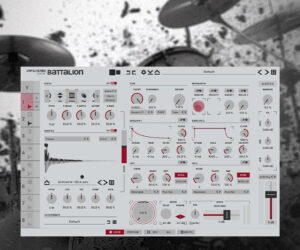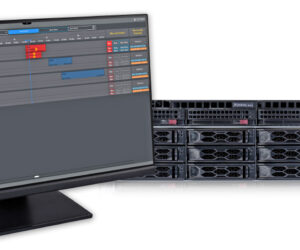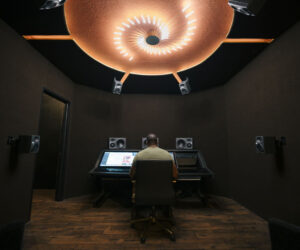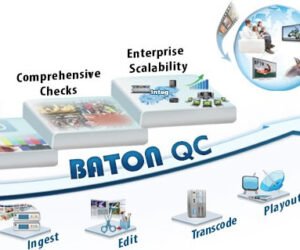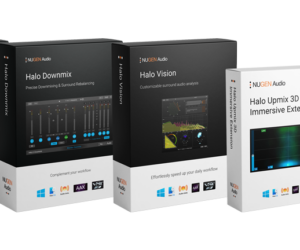Los Angeles-based re-recording mixer and sound designer Tom Ozanich, a 25-year veteran of the business, has evolved his home studio into a 9.1.6 Dolby Atmos mixing setup that incorporates Focusrite RedNet signal distribution and an Avid S6 control surface.
Ozanich has long been hands-on with the technology in his facility, buying gear from Russ Belttary, president of RSPE Audio Solutions in Toluca Lake, CA and integrating it himself. “I’m not okay with not knowing how it all works,” says Ozanich. “I don’t have to be able to answer every question, but I want to be able to know, when somebody is telling me something can’t be done, that they’re wrong, because I know how to do it.”
Based out of Warner Bros. since 2008 after previously working at Soundelux and Danetracks, Ozanich has built a credit list that includes major motion pictures such as Joker (2019) and A Star Is Born (2018), both of which earned him Oscar nominations, as well as Sully (2016), Sicario (2015), American Sniper (2014), and numerous others. He long bounced back and forth between stages in Hollywood and his home rig when working on projects, he says, but when the coronavirus pandemic drove everyone to work at home, he upgraded his personal setup.
“When I switched to Atmos I needed more outputs to the monitoring system, and I needed a better way to control it,” says Ozanich. He had been using a Focusrite RedNet 5 Pro Tools HD bridge, but when he expanded his system to handle Dolby Atmos projects, he added five Focusrite RedNet HD32R 32-channel HD Dante network bridges to network the computers running his multiple Pro Tools systems and the monitor management system.

There are four playback systems, including three Pro Tools rigs and the computer running the Dolby Atmos RMU, which is fitted with a RedNet PCIeR Card. All four systems are networked over Dante via the Focusrite RedNet card or interfaces and also feed the monitor control system. “There’s a bunch of stuff I’ve programmed to choose what output I’m listening to, which speakers I’m routing to, feeding it pink noise or soloing or muting things,” he says.
For years he had been mixing at home on an Avid S3 control surface but had been eyeing an Avid S6, the console that he frequently finds himself using on the big mix stages around Hollywood. “I just couldn’t justify the cost, because when I’m doing something big then I’m doing that at a studio,” he says. He eventually bit the bullet and installed an S6, and when Covid-19 forced him to work at home, he was glad that he had it. “I’ve used it quite a lot in the last six months,” he says.
When Dolby Atmos was first introduced to the Hollywood audio community there were some who were not sure about its value, says Ozanich. “I think there are some people who still think it’s just going to add more work. The reality is it’s not really more work, it’s just a little bit different of a workflow. If you understand it, and you understand what you’re doing, it’s really not any more time consuming than mixing for 7.1, for instance.” Although, he acknowledges, “It generally does require an extra day on the back end to make that master.”
Some of the confusion about Dolby Atmos still lingers, he believes. “A lot of people are not thinking about it in the right way, in terms of how to use it. Someone might think it’s for helicopters and jets flying over your head. ‘We don’t have that in this movie, so we don’t need it.’ That is a big misconception, I think. There’s a lot about it that’s very beneficial; it adds a level of detail and a level of quality that is really a step beyond.”
It’s important to understand the workflow when working with Dolby Atmos, he adds. “I think that there is generally a little bit more prep time in setting up your stuff. But my team has now gotten to the point where that’s not that big of a deal, because we’ve figured it out and have some templates and starting points that we use, so the process is streamlined. A lot of it is just really actually understanding how you want to approach the different elements in the mix.”


